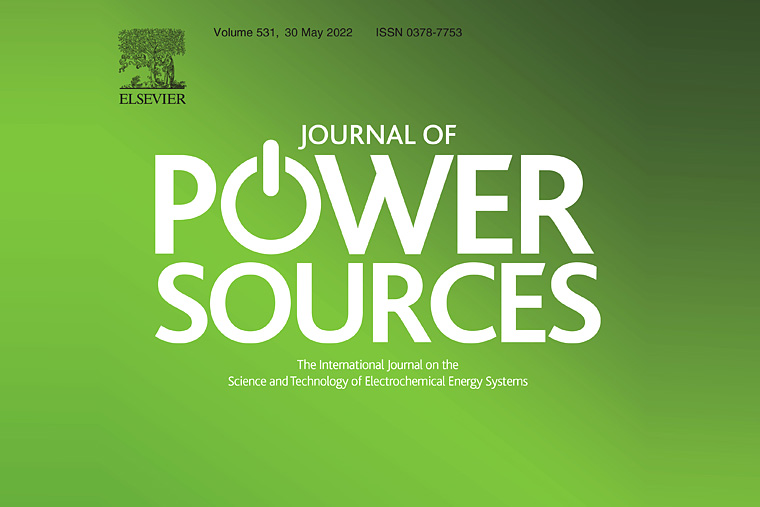2019 Journal Publication in Journal of Power Sources

A journal paper about fuel cell has been published in Journal of Power Sources 2019. SuperbIN is one of the coauthors of this paper. The information is listed as below:
Title: Raising the maximum power density of nanoporous catalyst film-based polymer-electrolyte-membrane fuel cells by laser micro-machining of the gas diffusion layer
Authors: Jericha Iglesiaa, Chia-Chun Langa, Yen-Mu Chenb, Szu-yuan Chenc, d, Chung-Jen Tsenga, e
Affiliations:
a Graduate Institute of Energy Engineering, National Central University, Taoyuan, 320, Taiwan
b SuperbIN Co., Ltd., Taipei, 114, Taiwan
c Institute of Atomic and Molecular Sciences, Academia Sinica, Taipei, 106, Taiwan
d Department of Physics, National Central University, Taoyuan, 320, Taiwan
e Department of Mechanical Engineering, National Central University, Taoyuan, 320, Taiwan
Citation: Journal of Power Sources Volume 436, 1 October 2019, 226886
View online: https://doi.org/10.1016/j.jpowsour.2019.226886
View Table of Contents: http://www.sciencedirect.com/science/article/pii/S0378775319308791
Published by the Journal of Power Sources
Abstract:
Although nanoporous Pt film has been shown to be an effective catalyst for polymer electrolyte membrane (PEM) fuel cells, the maximum power density of the cell is limited by the optimal film thickness. When the Pt film thickness exceeds the optimal value, regions with good gas transport (the side near the gas diffusion layer (GDL)) separate from regions with good proton transport (the side near the PEM), so the current density and the power density drop with increasing film thickness. Here we demonstrate that this obstacle can be overcome by laser micro-machining the GDL. The picosecond laser fabricates grooves on the GDL surface to greatly increase the effective surface area for Pt deposition, thereby reducing the local Pt film thickness. A nearly two-fold increase in the power density is achieved by using laser micro-machined periodic grooves of 20 μm depth, reaching a 0.6-V power density of 853 mW cm−2 and a maximum power density of 1.2 W cm−2 with a cathode Pt loading of 200 μg cm−2. The results also indicate that further enhancement may be achieved by increasing the surface modulation depth/period ratio and by implementing a better way to fill the grooves with polymer electrolyte.
